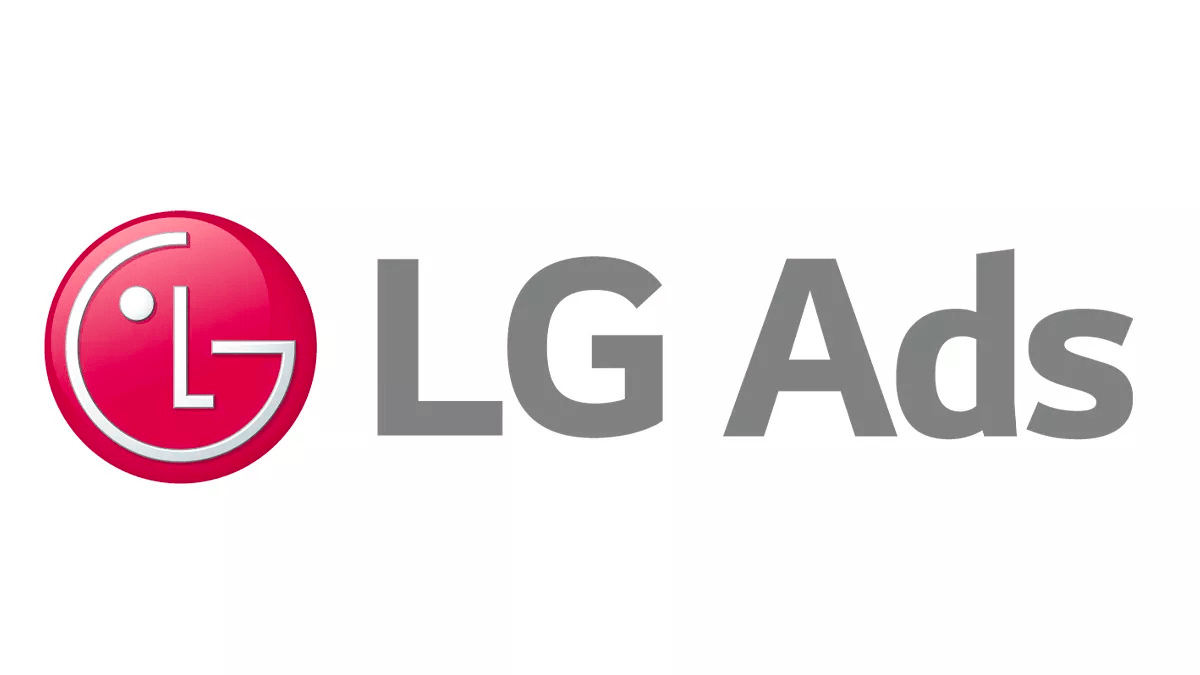Introduction
A very well-known web Publisher in the UK approached YuktaMedia a few months after COVID-19 was in full swing. Like many Publishers around the world, even this Publisher was seeing revenues and eCPM drop like there is no tomorrow. Interestingly due to lockdown, the website traffic was increasing consistently. This represented a huge opportunity for revenue generation.
The Publisher had tried all the usual tricks of the trade from a monetization perspective but did not get the expected lift in the revenue. At that point, the Publisher reached out to YuktaMedia for help. Knowing that YuktaMedia has worked with thousands of Publishers over the past five years, the Publisher shared his pain points and entrusted YuktaMedia with the task of finding the solution.
Problems and Impact

1] Free falling CPMs: As COVID-19 hit in full swing the Publishers CPMs went in free fall. Revenue had dropped more than 35% in a couple of months. Though the Publisher knew that Advertisers had started pulling back spend on though programmatic channels, the question that kept coming up was, is there a way to arrest / slow down the CPM drops? Due to dropping CPMs, revenue had also dropped significantly. The Publisher was keen to understand the factors impacting CPMs and ways to address those at the earliest.
2] The curious case of the Monster ads.txt: When the Publisher first started discussing with us about his site’s monetization setup, he happened to casually mention about ads.txt size. When the YuktaMedia team first reviewed the ads.txt it had more than 200 entries for sellers and resellers. It was messy. The same Buyers were buying the inventory through many different DSPs and Ad Networks. It was near impossible to understand which Buyer is buying which inventory at what price. There was just no control over the programmatic sales process, inventory pricing could not be set, and controlled and bad actors were hard to identify.
3] Too much dependence on Open Auction: The Publisher was selling the entire inventory via open auction and Header Bidding. There was no inventory of access differentiation by auction types. This meant that all the Buyers had access to all the inventory at all the time. And with a monster ads.txt and complicated set up of Buyers continued to buy inventory for cheap. Some Buyers would consistently by large volumes at an extremely low price. It would have been ideal for such Buyers to be given preference so that they would get priority when Buying.
4] Exceptionally low fill rates: The Publisher was overly concerned about the low fill rate of the site’s inventory. Despite having lined up many Buyers, the fill rate was not more than 50% at any given time. In the COVID-19 period as the site traffic increased, the fill rate fell to less than 35%. Alarm bells were going off since there was an increased opportunity but not as much increase in revenue. If anything, the CPMs, and revenues had dropped. The Publisher’s assumption was the higher the fill, the higher the revenue.
5] Broken reporting: During the discovery sessions with the Publisher, when asked about basic questions about basic KPIs for revenue, supply, profitability, the YuktaMedia team was shown some fancy colorful dashboards which only captured information at a high level. When the team dug a little deeper two things were noticed –
- Information on the dashboard was incomplete and inaccurate.
- Deeper detailed information was completely missing.
Given that the number of Buyers was large, the data generated was huge, and managing that in MS excel had become near impossible since it required quite a bit of manual efforts. To put in a nutshell, the Publisher was flying blind not knowing what was going on with his monetization!
Solutions and Impact

1] Website architecture review: When it comes to monetization every little technical detail associated with the website (digital asset) matters. YuktaMedia team reviewed all the aspects of the website and identified some key issues such as miss-matched header and body codes for ad tags. Due to this impression volume was increasing in an artificial manner hurting the fill rate and incorrectly showing inflated supply.
Correcting this reduced the total supply (impressions), reduced as serving cost, gave a correct picture of the total inventory, and increased the fill rate. JavaScript (JS) errors on the website were identified and fixed. Redundant JS was removed for faster execution / loading of the website. Lazy loading was added to ensure there is no upfront load when the website loads for the first time. This also had a positive impact on the viewability of impressions. Auto-refresh was also done in a controlled manner such that it would stop when the ad slot was out of view or the user had switched browser tabs. Non-standard IAB ad units were also removed because they did not sell very well.
2] Demand management: Once the monster ads.txt was identified, the key was to clean it up. For this, a detailed monetization analysis of monetization partners (Buyers) was performed. Buyers who were buying from multiple channels (DSPs / Ad Networks) were removed. Incomplete and incorrect entries were corrected / removed. Buyers who were not buying the inventory and were just listening to the data were removed. One thing had become abundantly clear that more does not always mean better.
Removing a bunch of Buyers also had a positive impact on website performance. In addition to Open Auction and Header Bidding new channels of sales were explored such as Private Market Place (PMP) Deals and Programmatic Guaranteed (PG) Deals by identifying the top inventory buyers. This ensured that the Publisher was able to get higher CPM for the same inventory and was able to sell inventory upfront. Selling via deals reduced fluctuations in revenue and reduced depends on open auction and improved revenue and sales forecast.
3] Inventory pricing: To pause the free fall of CPMs, it was recommended the Publisher implement price floors, so that Buyers are not able to buy the inventory at commoditized prices. The Publisher was hesitant initially fearful of a drop-in fill rate and reduced revenue. Once the CPM and revenue analysis were done and price floors applied, the revenue did initially drop but then it started picking up after a few days. Even though the fill dropped, overall CPMs increase and there was a net positive impact on revenue.
So instead of focusing on the fill rate, the Publisher focused on revenue and CPM (value of inventory). Now, the Publisher reviews the price floors periodically and updates them based on the revenue trend. The Publisher now has evolved the price floor rules and made them granular to get better control of inventory pricing. Now, the CPMs have gone up by 15 to 20% and revenue has also picked up.
4] Robust reporting and analytics: With data, it can be garbage in and garbage out, if proper precaution is not taken to ensure that the data required for reporting is accurate and complete. YuktaMedia team helped the Publisher identify KPIs required for monetization and help create automated reports (daily, weekly, and monthly) using YuktaOne Media ERP.
Now, Publisher’s Ad Ops team was able to spend more time on performing value-added analysis as opposed to collecting data and generating reports. Ad and Revenue Ops team was also able to set alerts for revenue, eCPM, fill rate, supply so that they did not wait to identify the issue but got notified as soon as it happened. This enabled them to fix the issues quickly and minimize the impact on revenue.
Some of the KPIs that were tracked were:
- Total Supply (ad opportunities)
- Revenue
- Net
- Gross
- Profitability
- Sell Through Rate
- Unfilled Inventory
- Ad Delivery Errors
- Lost Revenue Opportunity
- Bid Landscape / Bid density
- AdX UPR
- Top Buyers (Revenue / eCPM / Volume / Consistency)
- Most Profitable Buyers / Channels / Ad Units
Conclusion

By the end of the engagement with YuktaMedia, the Publisher had started seeing eCPM go up by 15% – 20% and revenue go up by about 30%. In addition to that site’s user experience was much better and the average time spent by users had increased by 15%. The faster site, better user experience, few but more valuable ads were just some of the early gains that the Publisher has seen since the engagement with YuktaMedia.




 Talk to a Media ERP Specialist
Talk to a Media ERP Specialist

















